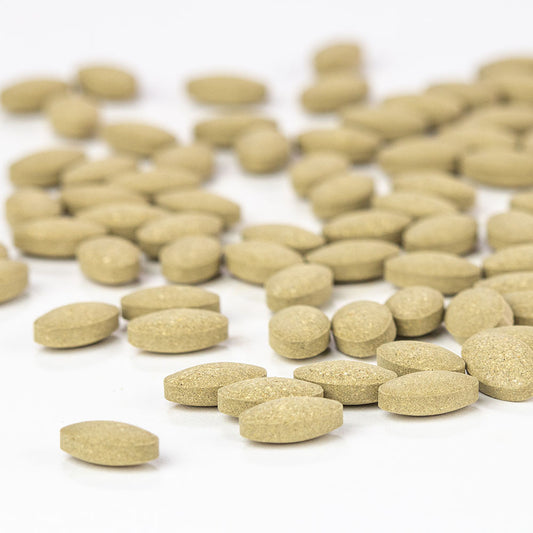Ahhhhh, asana. Those bendy stretchy poses are typically the first images that come to mind when we hear the word yoga. Asana is the third in our exploration of the eight limbs of yoga. Let me rephrase that: asana is ⅛ of yoga. Yes, time on the mat is a grand total of 12.5% of our yoga practice.
Traditionally, when a teacher would give a lesson to a student it would be one-on-one and not in a large class setting like we commonly have now. The teacher would begin with the first two limbs, which we looked at in the previous article of this series covering the yamas and the niyamas. These moral ethics and personal restraints serve as the foundation for the asana practice to be built upon.
Deepening Your Practice
With the yamas and niyamas setting the groundwork for our practice, we find ourselves naturally less attached to “getting” a pose and more interested in understanding the postures as tools to move the prana. When our asana practice is strong, our vital life energy streams through the channels of the body in the appropriate direction, allowing the various systems (circulatory, digestive, elimination) to work effortlessly and efficiently. Using this humble beginning, we could approach the third limb with an attitude of non-grasping and loving-kindness toward ourselves.
A yoga asana practice is an opportunity to honestly connect with yourself. It is a sacred container to check in with your current state of well-being and create shifts where they are needed. If you have an interest in enriching your asana practice with Ayurveda, a good place to start is by completing the Ayurvedic Profile™ quiz, which will help you determine the current state of your doshas.
But yoga asana is really the tip of the iceberg, or ⅛ to be exact! Believe it or not, a multibillion-dollar global industry has been created from just 3 of the 196 verses in The Yoga Sutras. The author, Patanjali, did not spend much time on the seat or physical postures one would need for meditation. Pay attention. The real meaning of asana could easily be missed.
Patanjali states in verse 46 that the seat should be stable and comfortable. Verse 47 goes on to say the asana is perfected when one is no longer restless through meditation on the infinite. When we meditate on the infinite, we are taking the attention away from our ego's wants and desires. Verse 48 follows with the idea that when the posture is mastered, the student is unaffected by polarities such as pain or pleasure, hot or cold, praise or scorn. Once this state is reached, it is the end of duality. It is the point when the union, the yoga, happens and the mind, body, and soul unite.

Connecting the Physical and Subtle Bodies
Looking at the range of available postures, we notice how they are in fact preparing us for meditation. When we have physical and mental toxins in our organism, it creates tension which will then make us stiff. It's the good old Ayurvedic adage of “issues in our tissues.” Some asanas help us to build strength while others are beneficial for increasing flexibility. Other poses will help to calm and balance the central nervous system, keeping us in the parasympathetic nervous system, which can also be called our “rest and digest state.” There are postures we can implement that are extremely useful in detoxifying the internal organs. I like to think we absorb some of their enlightened characteristics or attributes when we work on the asanas named after sages.
The real goal of incorporating asana in our daily lives should be to give us the strength and flexibility of mind and body to sit in stillness. It takes a lot of thoughtful movement to be still. This work ultimately allows us to merge into a space where our consciousness reflects the object of our attention so perfectly that they seem to be one. If we are riddled with aches and pains or have too much restlessness in our mind, settling in for a nice time of meditation is basically impossible. We need to have healthy joints, supple bodies, and quiet minds, when taking our seat.
The next time you roll out your mat, I invite you to offer a few conscious breaths, turn the awareness inward, and take inventory of how you feel at that moment. Before your first Sun Salutation (Surya Namaskar), take a moment to scan your body and notice any places of pain, congestion, or stagnation. Then begin your asana practice and use the postures to bring prana to the areas in question. Your practice should be for you, not for Instagram. Enjoy your work-in and prepare yourself for stillness.









